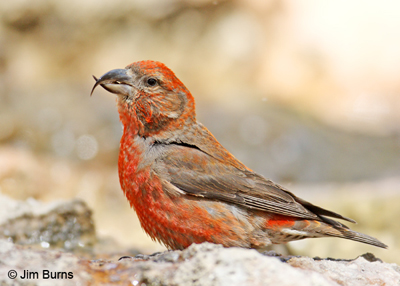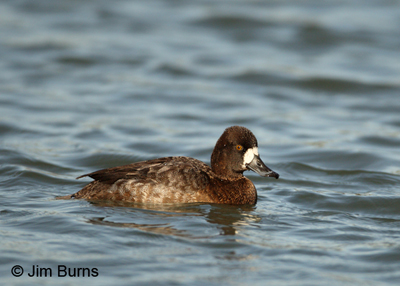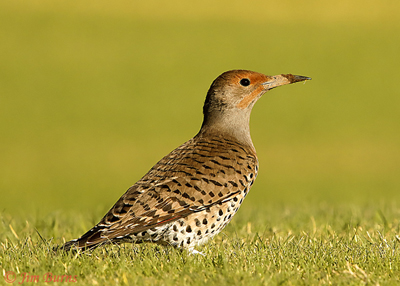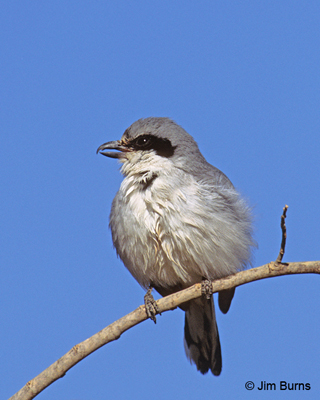Most of us were first attracted to birds by the variety of their color, the beauty of their song, or the mystery of their flight. Nonetheless, what may be the most intriguing thing about birds is the amazing specialization of the tools with which they do what we usually observe them doing—looking for something to eat or actually eating it.
There are two ways to grasp the breadth of evolutionary adaptations birds have for obtaining their food. The first would be to try procuring and then eating your dinner tonight without using your hands! Good luck with that. The second would be to make a list of all the things birds don’t eat. In reality that’s a very short list indeed!
Way shorter, in fact, than the list of adaptations that have evolved in birds’ primary feeding tools, those diverse and wonderful beaks. In this column I’m going to spotlight four very different types of birds and show how exquisite modifications in their bills have perfectly positioned them in exclusive natural niches to minimize avian competition and maximize survival. The tools we’re exploring today are the lever or prying tool, the nail, the chisel, and the tomial tooth which is basically a knife.
The most widely recognized and perhaps most marvelous bill cum tool amongst North American birds is that of our two eponymously named species, the crossbills. These colorful northern finches have a unique bill adaptation which allows them to lift, pry apart, and then separate the scales of ripe pine cones. When the long, thin upper mandible is inserted between the cone scales, its tip presses down as the unaligned and thicker but shorter lower mandible’s tip presses up. The bird then twists its head to pry the scales apart and expose the pine seed.
If this weren’t evidence enough of evolution’s marvelous specificity, recent studies have shown that several of the crossbill subspecies’ bills are so finely adapted they work only on one or a few species of pines. Furthermore, it’s known that the birds grip the cone with the foot opposite the side to which the lower mandible crosses, increasing compression force while protecting the thin tips of the bill. This is evolution at its most advanced and granular level.

The second tool, the nail, is one of the least appreciated in the avian world, probably because it is used by our geese and ducks underwater, and how these families procure their food is seldom seen or considered. The tip of a duck’s upper mandible, the nail, is hard and sharp compared to the leathery texture of the remainder of the bill, and it protrudes downward.
This nail is basically a calcium deposit used by the bird to snip off underwater vegetation such as seaweed and algae or to grip and crack mollusks. The closest analogue to a duck’s nail, illustrated here on a female Lesser Scaup, is perhaps the human fingernail or, better yet, the “egg tooth” developed on the upper mandible by birds in the egg to break through the eggshell at hatching.

The most familiar and best understood of avian food tools is undoubtedly the chisel, long, thick at the base and beveled to a narrow, pointed tip. Most birders see this implement and watch it in action daily as they observe our woodpecker family chipping or drilling into wood and boring or excavating into the ground, gleaning insects and larvae.
I’ve illustrated this perfectly shaped tool with the profile photo of a female Red-shafted Flicker. Flickers are the ant specialists of the avian world, and the mud on her chisel shows she’s obviously been digging for breakfast, but during nesting season her bill becomes a multiple use tool employed for cavity excavation or remodeling, and even sometimes for nest defense.

My final tool, the tomial tooth or knife, is used by some of our charismatic avifauna at the top of the avian food chain. Most birders observing the diabolical hook at the tip of a raptor’s beak assume this is the instrument of death but, in fact, for many the primary purpose of that lethal looking protrusion is simply penetration and shredding. For some the real killing tool is the tomial tooth on the cutting edge of the beak.
Falcons, kites, accipiters and, yes shrikes, have this sharp protrusion just behind the hooked tip of the upper mandible, and it is used to sever the spinal cord of their prey, often in flight at the moment of the actual strike. Though it sounds grim, it is quick and efficient, another spectacular modification which allows some of our birds of prey to survive in their very special and conspicuous aerial niche.
